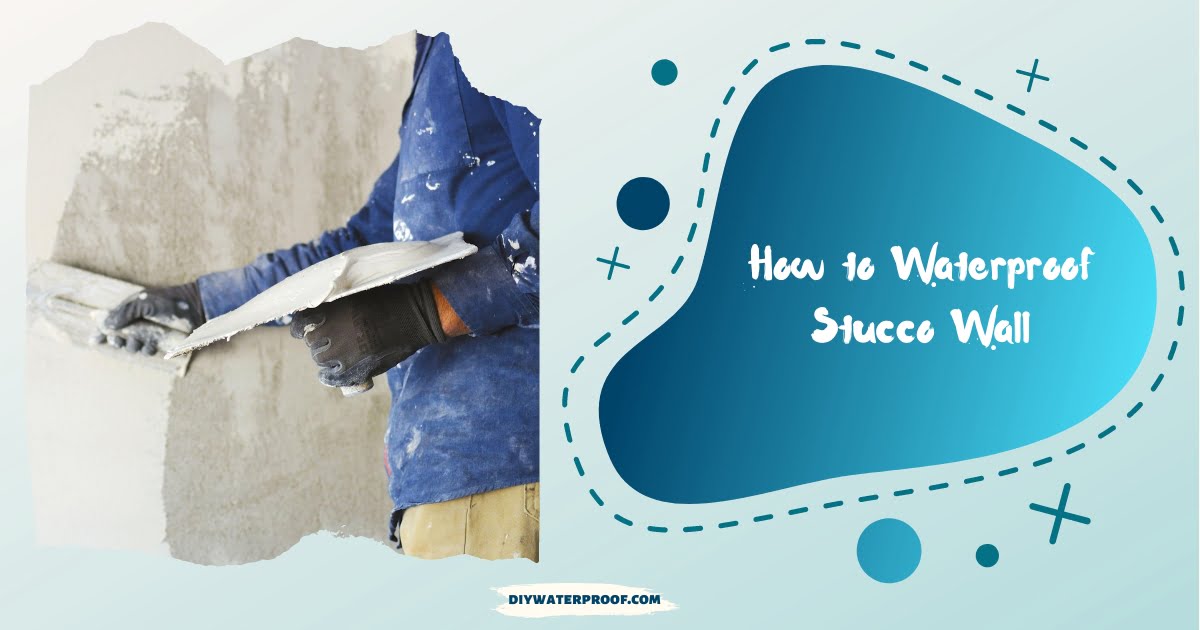Water can get into the stucco walls of homes which causes bad damage. This can be expensive to repair.
It is important to fix this problem quickly. That way, your house will stay in good condition, and the stucco walls won’t worsen.
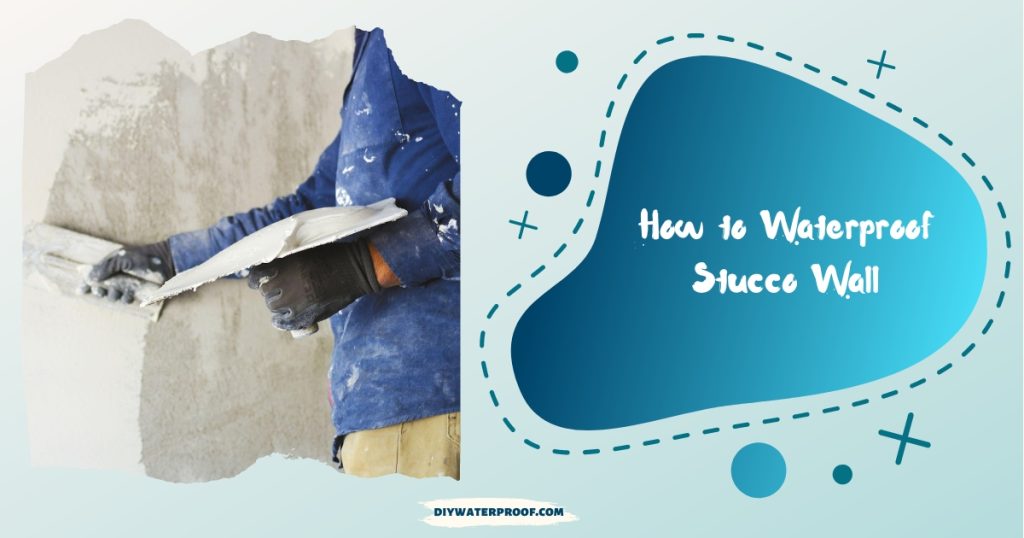
This guide provides an easy-to-follow solution on how to waterproof stucco walls.
You’ll learn different ways to waterproof stucco wall, the alternatives, and the most commonly found areas that are prone to stucco leaks.
Thus, you can protect your home from water damage and make your stucco walls last longer.
So let’s dive in!
8 Amazing Ways: How to Waterproof Stucco Walls
1. Sealant Application:
Applying a waterproof sealant is one of the most common methods to waterproof a stucco wall.
This sealant provides a water-resistant layer and offers added protection against external elements.
You can apply sealant to your stucco wall easily with a brush or roller. It is best used after the entire wall has been finished and sealed.
2. Spray-On Waterproofing:
Spray-on waterproofing provides an excellent way to protect a stucco wall from water damage. This method applies a thin layer of waterproof material to the stucco wall.
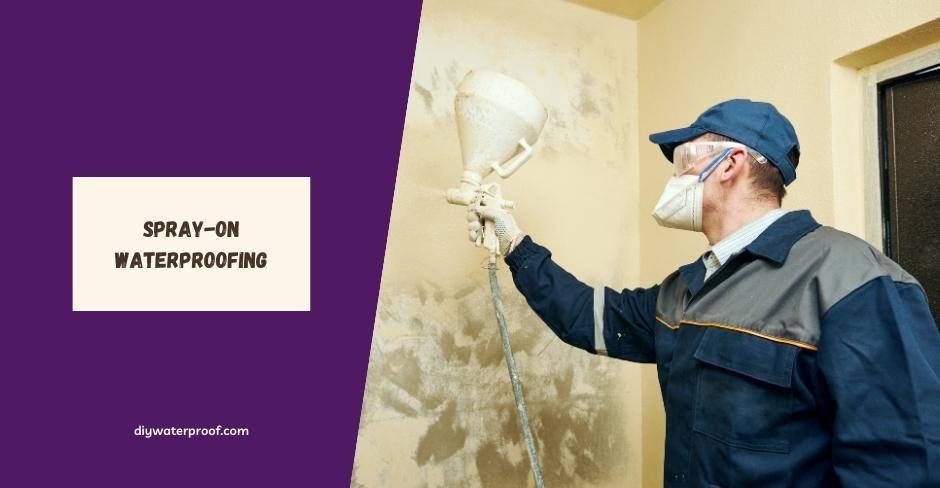
You can use a brush, roller, or sprayer for this job. The waterproofing layer acts as a shield and prevents water from seeping into the stucco wall.
3. Waterproof Membrane Installation:
You can also opt for installing a waterproof membrane on top of the stucco wall. This method is similar to sealant application but provides more protection from water damage.
Just ensure the membrane is properly installed and there are no gaps between it and the stucco wall.
4. Waterproof Coating:
You can spray or roll a special coating on the stucco wall to keep water out.
This works well for outside walls and will last up to a decade before needing to be done again. If you want a waterproof coat that will last, use the right materials for the job.
5. Outside Wall Coverings:
You can also cover up your stucco wall with a waterproof material like vinyl siding or metal cladding.

This is an effective way to protect your stucco wall from water damage and keep it looking great.
However, you can install the waterproof material to ensure that it covers the entire wall and does not leave any gaps.
6. Gutters and Downspouts:
Installing gutters and downspouts can help divert water away from your stucco walls. This will reduce the chances of water damage and keep your wall looking good for longer.
The gutter system should be designed to channel the water away from your wall effectively and into the soil or collection area.
7. Drainage Systems:
You can protect your stucco walls from damage by water by installing a drainage system.
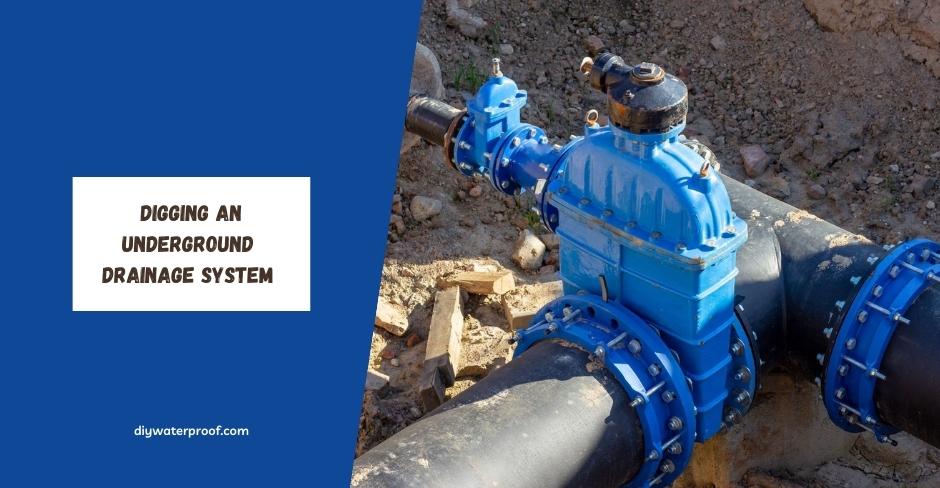
This means digging an underground drainage system and making a path for rainwater to go away from the wall.
8. Waterproofing Paint:
You can also use waterproofing paint to protect your stucco wall from water damage. This type of paint is specially formulated to resist moisture and will provide an extra layer of protection for your wall.
Make sure that the paint you buy is suitable for stucco walls, so it won’t chip or peel off easily.
It is essential to waterproof your stucco wall. Doing this will make it look nicer, stop water damage, and help it last longer.
You can ensure a long-lasting and beautiful exterior finish with these eight amazing ways.
Other Alternatives to Use for Stucco Wall Waterproofing:
EIFS (Exterior Insulation and Finish System):
EIFS is a system that goes on the outside of a wall. It has two pieces of foam insulation and some other parts like mesh and an acrylic finish coat.
EIFS helps keep moisture away from the wall so it won’t get damaged. It is a good option to protect your stucco walls from water damage.
Applying Elastomeric Coating:
Elastomeric coating is a type of waterproof coating made from acrylic or latex.
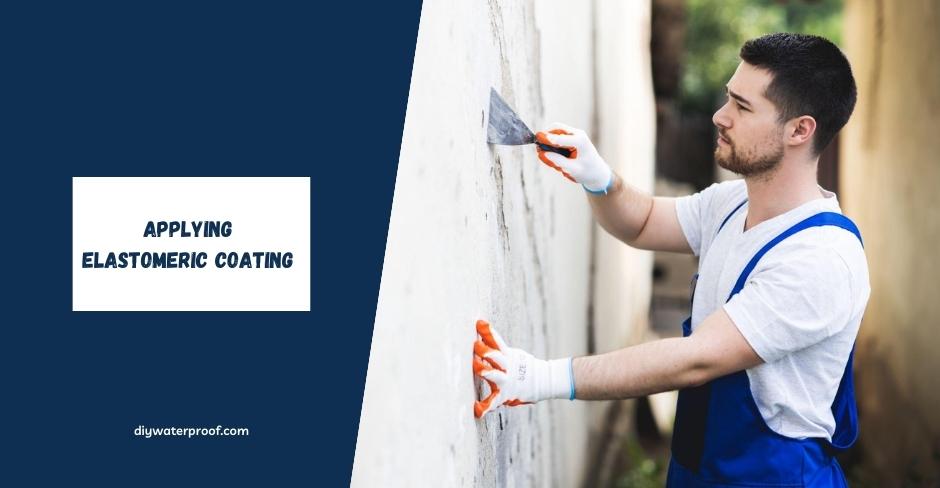
You can apply this coating to stucco walls to get protection from water damage. It will also allow the wall to breathe.
Some elastomeric coatings come with added UV protection. This UV can help reduce fading and discoloration of the stucco wall.
Using a Moisture Barrier or Retarder:
Moisture barriers or retarders help stop water from getting into your stucco wall. Put them at the base layer of the wall so that they can act as a protective layer against moisture.
Make sure to buy good quality materials designed especially for stucco walls. This will give you the best protection against moisture.
Limewash:
Limewash is a type of paint that you can apply on stucco walls for waterproofing. This paint is made from slaked lime or calcium carbonate.
It will make a protective layer on your wall to stop moisture from getting in. The lime wash comes in many colors and textures, so you can pick the best one.
Masonry sealer:
Masonry sealer is another waterproofing material that can be used to protect stucco walls from water damage.
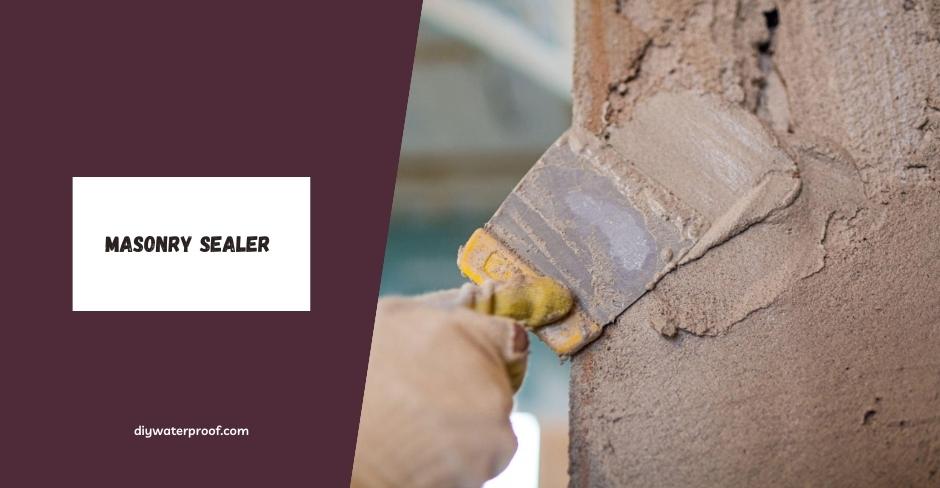
This sealer will fill any cracks and crevices in the wall and provide a protective layer against moisture. Make sure to apply two coats of masonry sealer for maximum protection.
These are just some of the alternatives you can use to waterproof your stucco wall.
With the right preparation and materials, you can ensure that your wall is well-protected from water damage and will last for years.
Few Tips on Waterproofing Stucco Walls:
1. Prepare the wall surface before applying any waterproofing materials. Clean and repair any cracks or holes in your stucco wall to ensure the material adheres properly.
2. Use a good quality sealant or coating for maximum protection against water damage. Make sure to read the manufacturer’s instructions carefully before application.
3. Ensure proper installation of any waterproofing materials you use. For example, ensure the membrane is properly sealed and there are no gaps between it and the stucco wall.
4. Install gutters and downspouts to divert water away from your stucco wall. This will reduce the chances of water damage and keep your wall looking good for longer.
5. Regularly inspect your stucco wall for any signs of damage. Repair any minor problems immediately to prevent further damage from occurring.
6. Consider adding an extra layer of protection with waterproof paint or a coating. This will help keep your stucco wall looking great and protect it from water damage for longer periods of time.
Most Common Areas For Stucco Leaks:
Stucco leaks are most commonly found in specific areas of your home or building. Here are some examples:
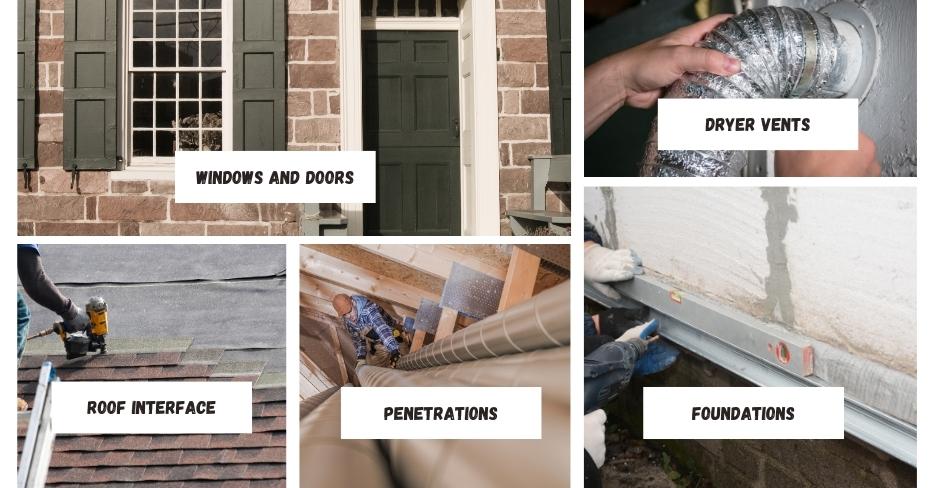
1. Windows and Doors: The area around windows and doors is the most common for stucco leaks because of poor flashing installation or lack of proper sealing.
2. Roof Interface: This is where the stucco wall meets the roofline. Water can seep into cracks and cause leaks if a proper sealant or roof flashing isn’t installed.
3. Penetrations: Anything that goes through the stucco, like vents, pipes, or outlets, needs to be sealed tight. Otherwise, water might get in and cause damage
4. Foundations: Where the stucco wall and the foundation join together can be a spot where water gets in. This is especially true if the weep screed is blocked or put in wrong.
5. Expansion Joints: These are areas where two different building materials meet, or the building structure is designed to allow movement. If the joint isn’t properly sealed, water can seep in.
6. Dryer vents: This is a common area to find stucco leaks due to poor installation or lack of proper caulking.
7. HVAC lines: Any HVAC lines running through the stucco wall can be a potential spot for water intrusion. Seal any holes and cracks around these lines with proper caulking or sealant to prevent leaks.
The key to preventing stucco leaks is regular inspection and maintenance. These will ensure the common areas are properly sealed and waterproofed.
What Products Can’t Be Applied on Stucco Wall?
Generally, products that are not made for stucco walls should not be applied on the surface. For example, silicone-based sealants and paints can damage the wall’s integrity. It can also cause it to crack or chip over time.
It is also important to avoid applying too many layers of different materials on your stucco wall, as this could lead to water seepage. Always consult a professional before applying any waterproofing materials.
In Summary
Making your stucco wall waterproof is important for protecting it from water damage.
Use the right materials, install it correctly, and take care of it to make sure your stucco wall stays beautiful and safe from water damage for a long time.
So now that you know how to waterproof stucco walls, you can start protecting your home and keeping it looking beautiful.
Related Reads:

